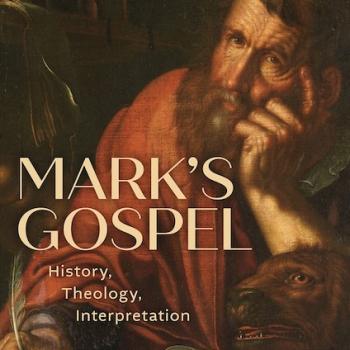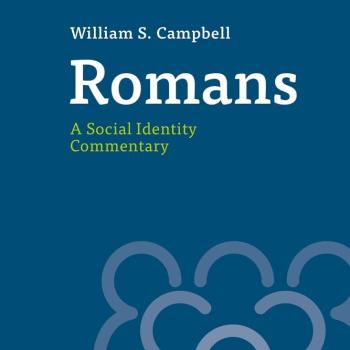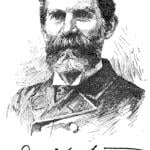A Via sacra or sacred road went right past this site, and on to Ephesos (which by the way is the Greek name of the city, with Ephesus being the Latin name). Along the road there would be kora and kore statues, idealized representations of males and females, which may be copying some of the similar statues in Egypt. The statue immediately above is of Aphrodite. Generally, the statues in the nude were of gods, goddesses, or idealized human... Read more














